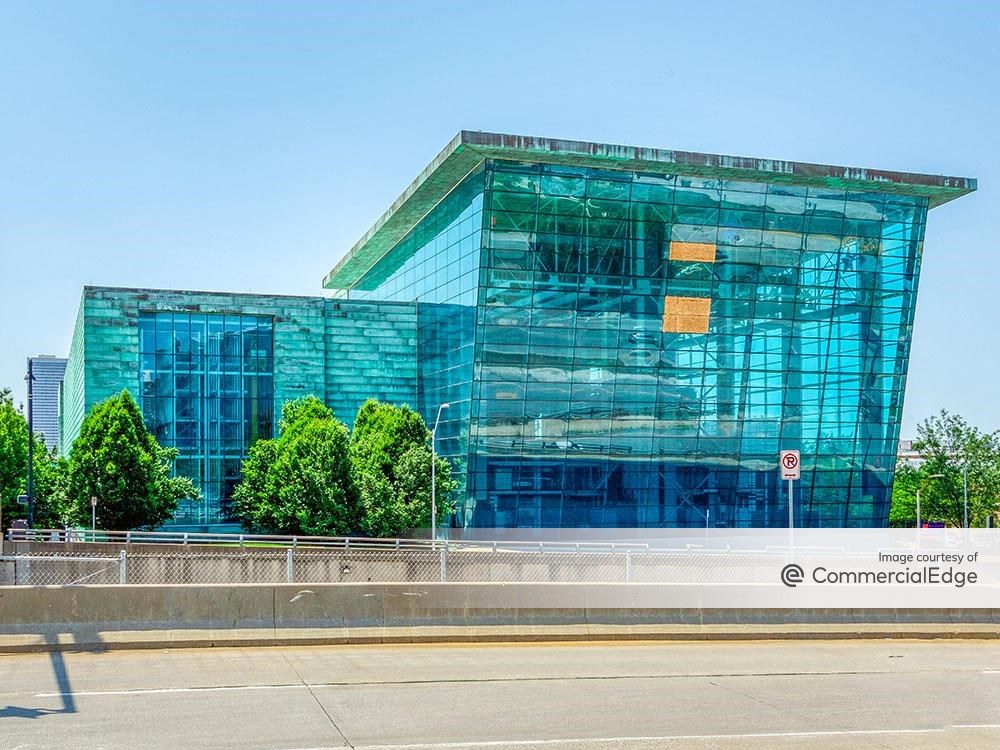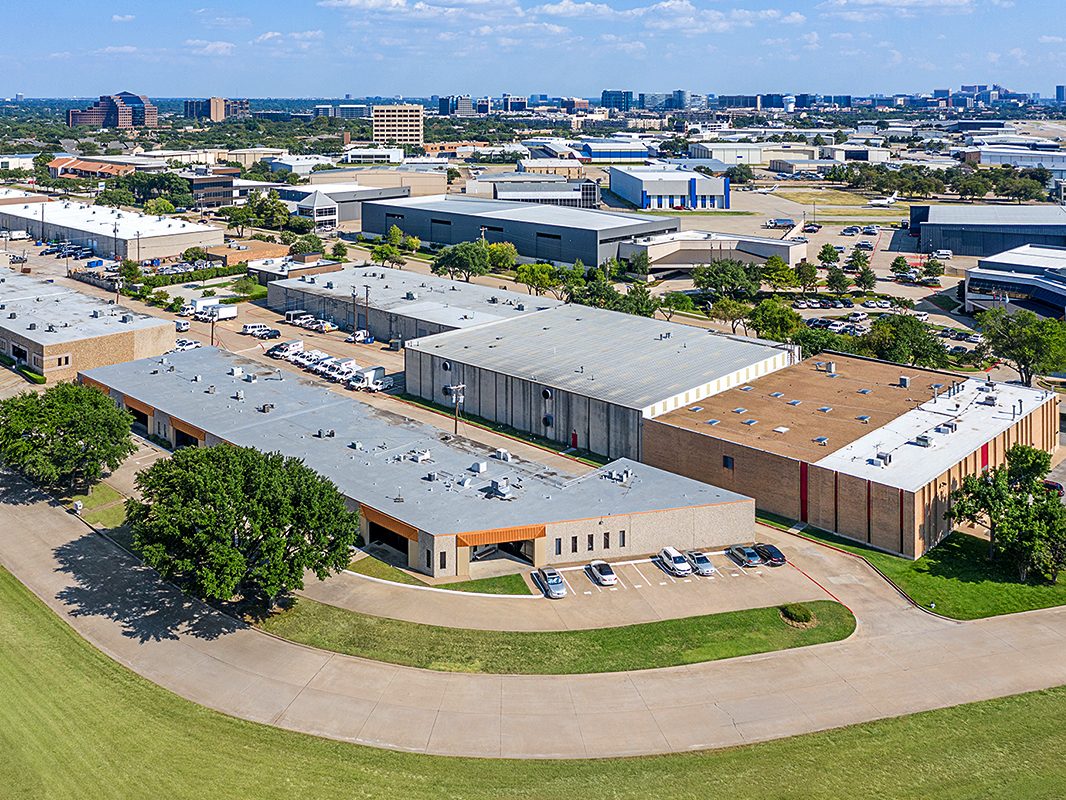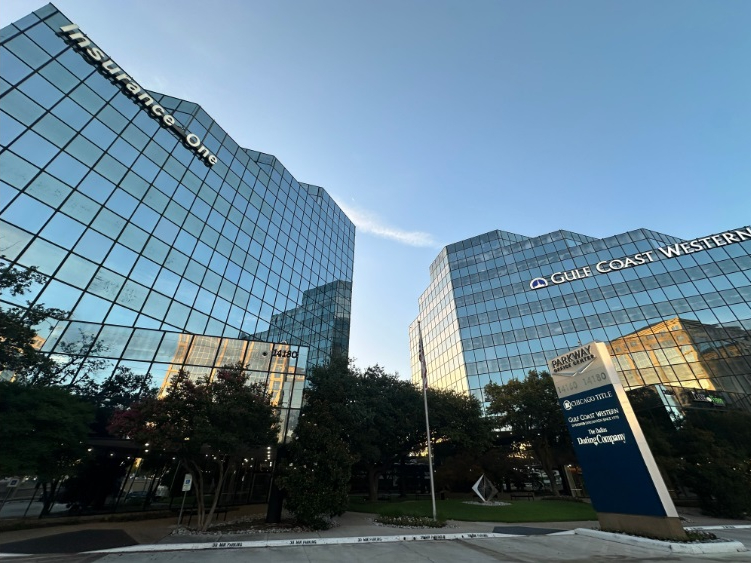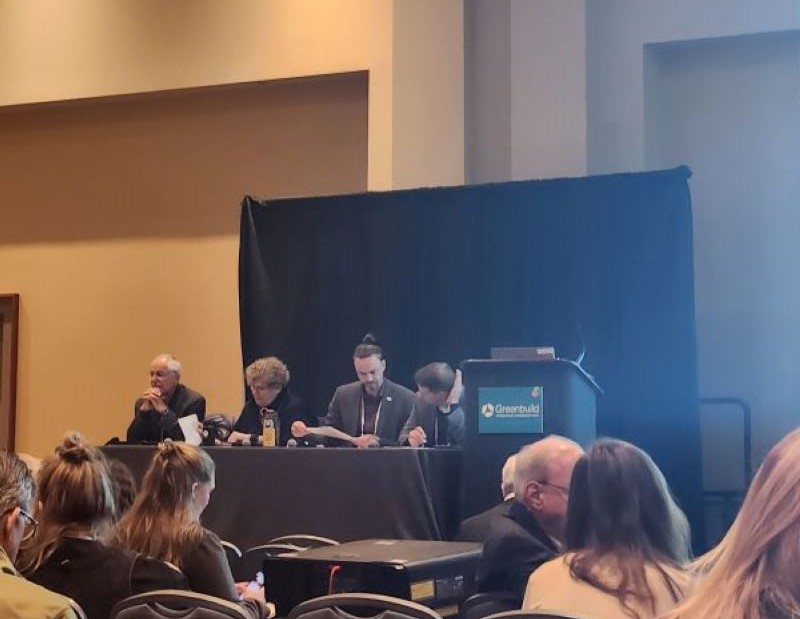Trends to Watch in Post-Pandemic Health-Care Construction
Central Consulting & Contracting’s Richard Simone discusses the sector’s strengths and vulnerabilities.
A year ago, predictions indicated a spike in health-care construction planning and development across the country. However, the post-COVID-19 shift is trending away from the traditional model to an emphasis on outpatient care to offload pressure from hospitals’ main campuses, according to Richard Simone, CEO & president of Central Consulting & Contracting, a construction management and general contracting company that specializes in health-care facilities.
In an interview with Commercial Property Executive, Simone explains why health-care construction is trending toward smaller outpatient care facilities and clinics and discusses challenges within the sector.
READ ALSO: MOB Sector Boosted by Demand and Capital
How has the initial health-care construction model changed since the onset of the pandemic?
Simone: The factors causing changes in health-care construction are largely due to labor shortages, limited or slow-to-get resources and new operational requirements. Since the start of the pandemic, we continue to do more tracking of workers and data logs on construction sites. For example, we’ve implemented contact tracing logs of when workers enter and exit work sites, temperature checks, cleaning logs, social distancing, no gathering for breaks etc., some of which affects the length of time now needed to complete certain projects.
Also, supply chain issues with closed factories due to COVID-19 have affected completion times and many of the issues persist as manufacturing struggles to keep up with demand, and attract and retain the workers required.
During the height of the pandemic, we saw the need for rapid deployment of resources to build emergency bed units on very short notice, which required a total integrated project delivery approach. Because of the speed in which it was done and the necessary collaboration, we are starting to see more property owners and project decision makers who want to explore this delivery method on their regular projects, not just emergency.
What is fueling change in health-care construction?

Richard Simone, CEO & President, Central Consulting & Contracting. Image courtesy of Central Consulting & Contracting
Simone: Projects that were on hold during the pandemic now need to get online as quickly as possible. As such, clients are considering ways to speed up the process via design assist, design build and/or off-site manufacturing. While these options have been around for a fairly long time, adoption has accelerated due to their proven efficacy during the pandemic.
In terms of COVID-19-influenced design, where possible, hospitals are considering the creation of a mass casualty incident entrance at the emergency department. Basically, adding a third entrance to the ED, in addition to the regular walk-in and ambulance entrances, would allow patients to be quickly triaged and separated, moving infected patients into the MCI/COVID-19 unit.
Also, the redesign of waiting areas has increased to allow for social distancing, more room between chairs, low-height walls with glass separation panels, more compartmentalization and minimal wait times. There are also design changes happening in ways most lay people can’t see, such as catering to the need to add more ability or flexibility to change air flows to decrease the spread of future viruses. Many health-care systems now require larger, more robust, high-efficiency particulate air filtration systems, with MERV 16-level protection which captures more than 95 percent of particles within a specified range.
What types of health-care facilities are we starting to see more often and why?
Simone: We are starting to see much more activity for behavioral health facilities. Before the pandemic, there was a great need and after the pandemic there will be an even greater need. Substance abuse has been on the rise since the pandemic, as COVID-19 and post-COVID-19 anxieties are all real issues many people are dealing with. Treating patients with behavioral and mental health needs requires a long-term solution that incorporates brick-and-mortar and telehealth-equipped facilities.
Micro-hospitals—whereby health-care systems are bringing health care closer to its more remote patients in, for example, rural areas—is a rising trend as well.
Are these impacting main campus hospitals in any way?
Simone: The rise in micro-hospitals and specialty centers is not impacting main campuses negatively, but rather, they are filling a very important need by supplementing main campus care and reach by providing the support and specialty care that patients need.
What about telemedicine-influenced spaces? Will these be integrated into construction?
Simone: We are not seeing a significant increase in telehealth spaces yet, as many facilities are using existing spaces for this purpose. I think specific spaces will need to be designed and built in the future, especially given the fact the 2022 guidelines for design and construction will incorporate specific acoustical treatment requirements for noise reduction, interior noise and speech privacy for telehealth spaces. I believe future design will have to consider telehealth-specific spaces, disbursed throughout the facility, with easy access for doctors and staff.
READ ALSO: How COVID-19 Is Shaping Health-Care Real Estate
What are the infrastructure and operational considerations developers should take into account when building health-care facilities in a post-COVID-19 world?
Simone: Considerations should focus on flexibility, including the ability to quickly change HVAC systems from positive to negative and vice-versa. Developers should also efficiently design in possible surge capacities, which would require the ability to quickly change private patient rooms to semi-private and the option to add more patient beds in urgent cares, ICUs and ED settings.
What can you tell us about the challenges arising in health-care construction?
Simone: Many health-care systems and facilities suffered a tremendous financial impact over the past 15 months, and as a result, several projects are still on hold. The challenge is getting the systems back to feeling financially stable to get back to planning and building.
How do you see the sector going forward?
Simone: We still believe the health-care sector is the strongest market, with the greatest short-term and long-term growth potential. It appears to be rebounding quicker than other sectors. Although not as quick as we hoped, it shows signs of coming back stronger than before.
I believe the government—federal and state—has realized how fragile and out-of-date some of our health-care infrastructures are, and they will make the dollars available for hospitals to expand, upgrade and, in some cases, build replacement hospitals.
Are there any other trends we should keep an eye on?
Simone: Not a positive trend, but certainly impactful, is the challenge regarding the shrinking availability of skilled labor, as a large bulk of the workforce is aging and there is a lack of a new generation interested in learning the trade.








You must be logged in to post a comment.